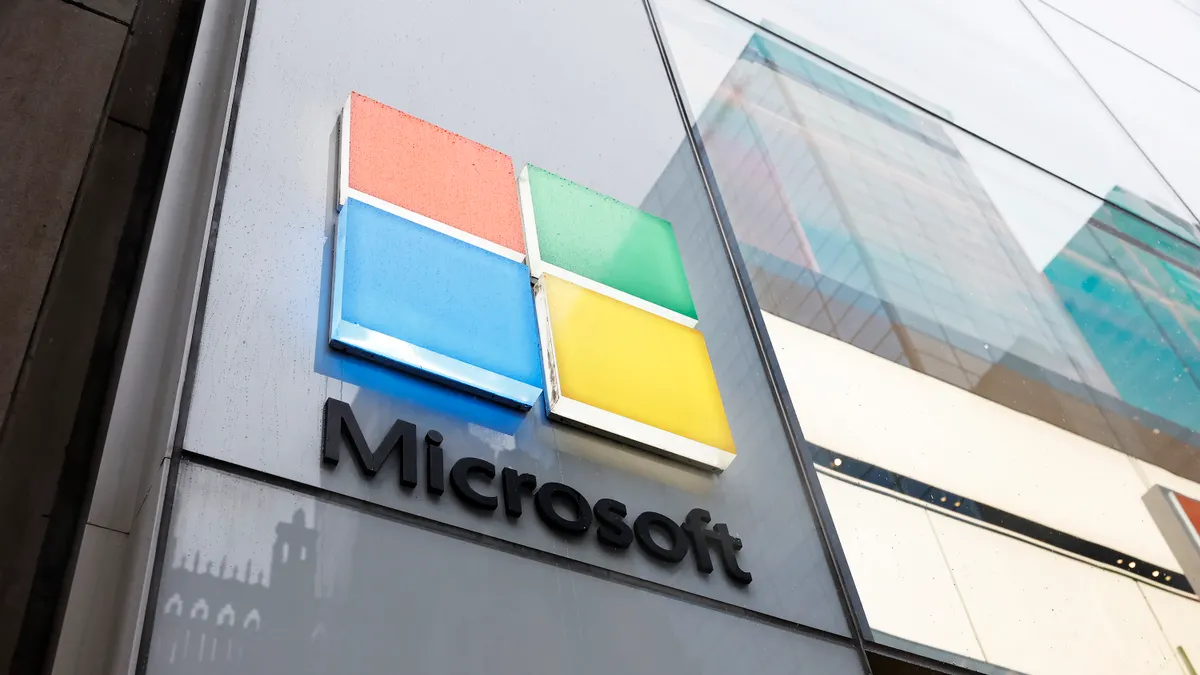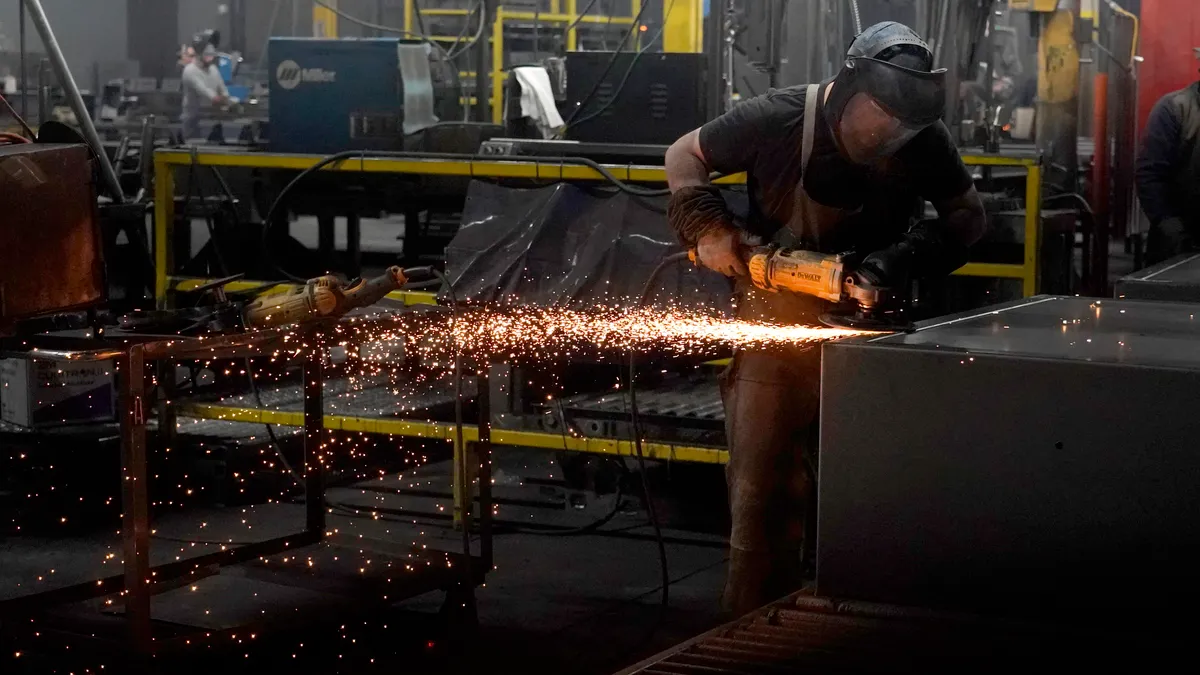Year end is closing in and for many HR Departments it’s time (or past time) to craft a recruitment plan for 2018. Don’t usually make one? It’s a good year to start.
Before the bustle of open enrollment, take time to outline what your structure will be for next year’s hiring needs, how you can capitalize on what worked in the past and which strategies to ditch in the future.
"You can't always plan for the future," Abby Baumann, senior marketing coordinator at EPAY Systems, a leading SaaS provider of integrated human capital management software, said. "While many companies develop an annual plan, our clients often hire as needed. You can't always plan for the ebb and flow of an hourly workforce."
However, she adds that a hiring plan should always take budget and business goals into consideration.
Whether you’re developing a formal plan or not, it’s a good time to review and hone your processes. For small and large companies, budgeting and forecasting has likely already begun. They may be planning head count, but you can enhance that with strategy. Some things to consider:
Anticipate attrition
Pat Russo, principal and LaborWise leader at Deloitte Consulting LLP, recommends that companies should develop an annual plan, including a process to continually refine the plan.
Employers should know:
- How many new positions will be created;
- How many positions are expected to be removed in the organization; and
- The potential locations of roles.
There should also be a view of how many roles will need to be filled based on historical trends of attrition.
"We recommend that our clients engage in a workforce planning program that projects near-term (<12 months), mid-term (1-2 years) and long-term (3-5 year) skill and position requirements,” Russo said.
What to considering when sourcing
Current and compliant review
Are your job descriptions, applications and other written materials current and accurate? Particularly for those openings that you can anticipate, take the time to work with the hiring manager to get them ready for posting.
Are you listing any non-compliant information? If you’re in one of several states, questions about salary history may be banned. For other locations, predictive scheduling laws may be taking effect. Local jurisdictions may have even more new legislation that will affect the way companies hire. A compliance review may save a lot of headaches in the coming year.
Data analysis
End of the year is the best time to analyze what worked and what did not. Are you attracting the right talent? What sources netted you the best results and which were a waste of time and effort? It’s time to dig through big data for answers. Analyze your best hires from the past year. Where did you find them? Just because a source provided hundreds of resumes/applications doesn’t mean a single one was useful.
Hone down your recruitment sources to ones that return on your investment of time and energy and ditch the rest.
"In order to determine what worked or didn't work in the past year, it's important to have workforce management software with comprehensive analytics features," Bauman said. "You can use that insight to help make hiring decisions for 2018."
Diversity targets/goals
Using data to analyze where you are and where you hope to be with your diversity goals is critical all year, but planning ahead can give you a jumpstart. Don’t forget to include employees with disabilities in your goals.
Assess your requirements
End of year is a great time to assess your requirements when it comes to talent.
Russo adds that one of the key differences between a workforce plan and a financial plan is the focus on skills and roles, rather than cost and headcount focus.
"The plan should focus on mitigating the differences between supply and demand," Russo said.
If the difference results in a talent shortfall, the organization could decide to either grow talent internally, hire externally or consider talent alternatives such as staff augmentation, outsourcing, crowd-sourcing or automation.
If the difference results in a surplus of talent for skills or roles, the talent plan would focus on reducing that surplus by either retraining, employee movement to other areas (if the skills are transferable), non-replacement of open positions or future reduction in force actions.
Hiring timelines
How long does it take you to hire? According to a Glassdoor survey, the average opening went unfilled for over 28 days in 2016. What slowed your process? Analyze where you can move the timeline for a better turnaround and better candidate experience.
Alternate sourcing
Apprenticeships, bootcamps and training partners are emerging across the nation. Can you work with a local university or community group to create an applicant stream? Are you able to partner or create an apprenticeship program? Any avenue that increases your sourcing input is worth investigating. Now may be the time to start pursuing partnerships.
Employer branding
Is your brand garnering applicants or turning them away? Keep an eye on your online presence all year, but if you haven’t, take the time now. Candidates will read at least seven reviews of a company before forming an opinion on a firm. Glassdoor reports organizations that invest in employer branding are three times more likely to make a quality hire.
Who is in charge of employer branding? There seems to be some confusion:
-
60% of CEOs say that CEOs are accountable, while 32% of CEOs say HR is accountable.
-
58% of HR managers say that HR is accountable, while only 26% say CEOs are accountable.
Whoever is in charge of the employer brand should make sure to review it regularly. Check online ratings and make sure to promote the company, employees and achievements on the company website, social media and beyond.
Candidate Experience
Is it a job or a joy to apply at your company? Candidate experience is important, particularly as the market tightens. As an employer considers its online profile, consider how the application process is affecting it. Organizations that invest in a strong candidate experience improve their quality of hires by 70%.
Some of the areas to consider were revealed in a recent study by CareerArc. They asked 1,200 professionals about the candidate experience and found:
-
Almost 60% of applicants have had a poor candidate experience; 72% of those shared that experience online or with someone directly;
-
Almost 60% of employers have read negative online comments about their process;
-
65% of candidates never/rarely hear about their application, 85% don’t believe any human reviewed their application and for those who do hear back, 51% report it takes a month or more; and
-
40% of employers use tech to prescreen candidates. Of that group, 62% believe some qualified candidates are eliminated by mistake.
The result of a good or bad candidate experience is immediate. According to a LinkedIn Talent Solutions report in 2015:
- 83% of talent report a negative interview experience can change their mind about a role or company they once liked;
- 87% of talent say a positive interview experience can change their mind about a role or company they once doubted; and
- 60% of job seekers have quit an application in the middle due to its length or complexity.
End of year is a great time to plan for a better candidate experience in the future. Analyze timelines, structure return email notifications, and review the application process to make sure it’s user-friendly. The key for most candidates is common courtesy. Notifications and information in a timely manner enhance the experience and the company brand, whether they’re hired or not.




















